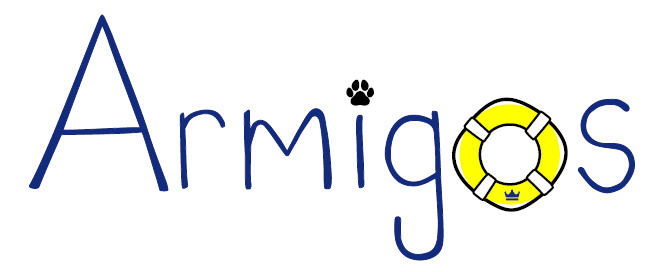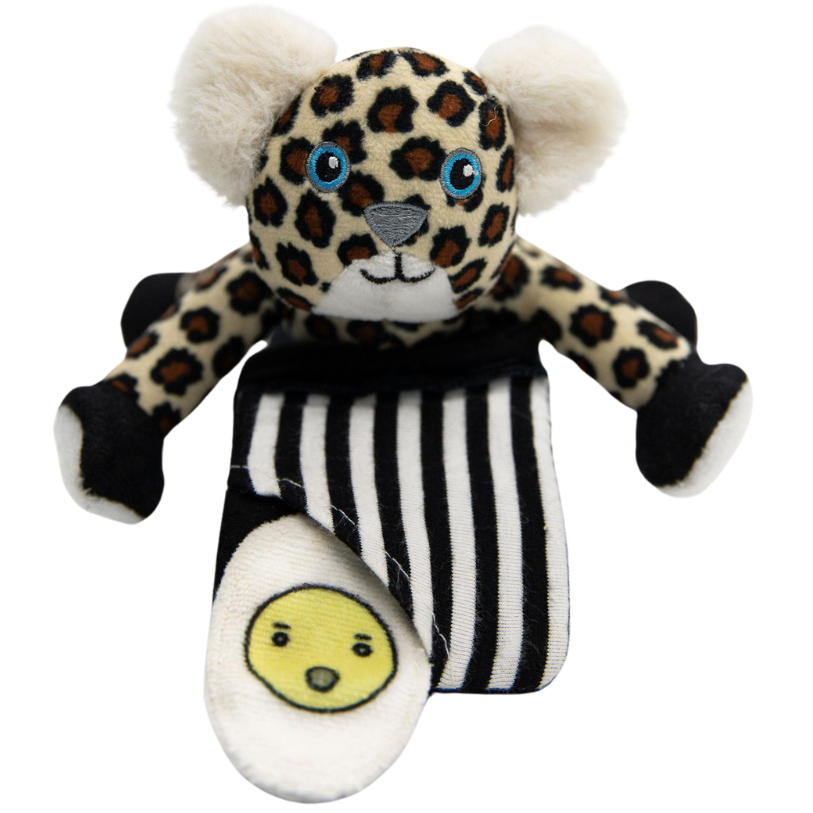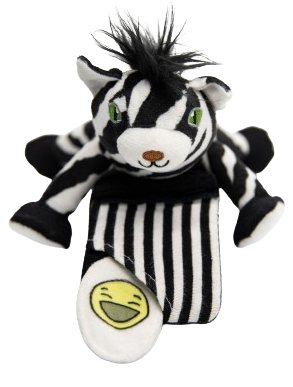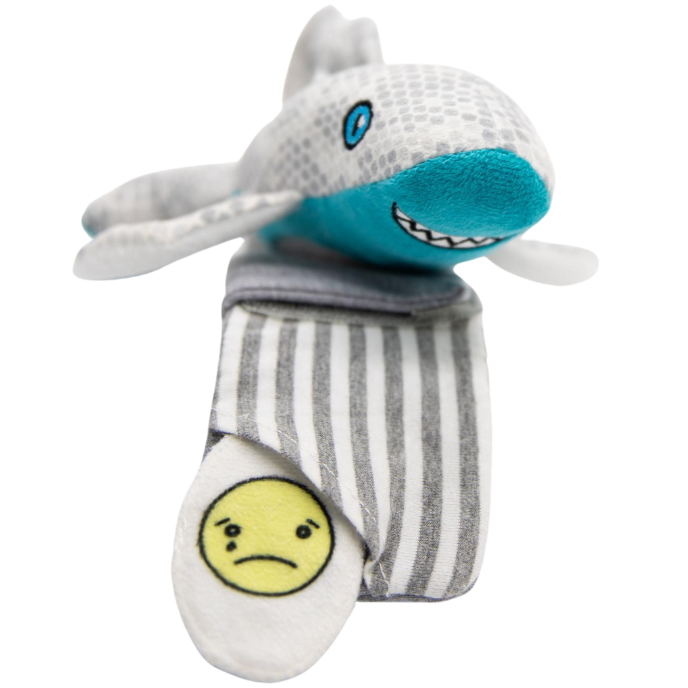Plush toys have always been cherished companions for children, providing comfort, companionship, and a gateway to imaginative play. However, choosing the right plush toy for your child can be daunting.
With many options available in the market, it’s important to consider various factors such as safety, age appropriateness, and developmental benefits. This guide will take you through selecting the perfect plush toy for different age groups.
Factors to Consider When Choosing a Plush Toy
Before delving into the specific age groups, let’s explore the key factors to consider when selecting a plush toy. Safety should always be a top priority.
Ensure that the plush toy is made from age-appropriate materials, free from harmful substances, and doesn’t have small detachable parts that can pose a choking hazard.
Softness and texture are also crucial considerations. A plush toy should provide a comforting and tactile experience for your child. Opt for toys with different textures that engage their senses and promote sensory development.
Size and weight are important factors to consider as well. Choose a plush toy suitable for your child’s age and strength. A toy that is too heavy or large might be difficult for them to handle or carry around.
Durability is another aspect to remember, especially if your child tends to engage in rough play or if you anticipate frequent washing. Look for well-constructed plush toys that can withstand the test of time.
Lastly, consider the visual appeal of the plush toy. Vibrant colours and appealing designs can capture your child’s attention and make playtime more enjoyable.
Plush Toys for Infants (0-12 months)
Infants explore the world through their senses during the first year of life. Plush toys can be crucial in providing tactile stimulation and sensory experiences. Look for plush toys with soft fabrics, contrasting colours, and different textures. Opt for machine washable options and free from small parts that can be a potential choking hazard.
Plush Toys for Toddlers (1-3 years)
Toddlers are highly imaginative and love interactive play. Choose plush toys that encourage their imagination and creativity. Look for toys with features like squeakers, crinkles, and rattles, which can add an interactive element to their playtime. Consider the size and shape of the plush toy, ensuring it is easy for them to grasp and cuddle. Additionally, select toys resistant to stains and spills, as toddlers are known for their exploratory nature.
Plush Toys for Preschoolers (3-5 years)
Preschoolers enjoy role-playing and storytelling. Plush toys that reflect their interests and expand their imagination are ideal choices. Consider theme-based plush toys, such as animals, characters, or occupations. Look for educational options, such as letters, numbers, or shapes. Plush toys can also provide emotional support as companions or comfort objects during challenging moments.
Plush Toys for School-Age Children (6+ years)
School-age children have diverse interests and hobbies. Choose plush toys that align with their preferences. Collectable plush toys featuring characters from movies, books, or TV shows can ignite their passion for storytelling and collecting. DIY plush toy kits can engage their creativity and enhance their crafting skills. Interactive plush toys with voice-activated or programmable features can keep them entertained and engaged.
Choosing Plush Toys for Children with Special Needs
When selecting plush toys for children with special needs, it’s important to consider their specific requirements. Opt for toys that cater to sensory needs, such as those with softness, varying textures, or calming features. Weighted or pressure plush toys can provide therapeutic benefits. Inclusive and adaptive plush toys designed for different abilities ensure that every child can enjoy the benefits of play.
Tips for Maintaining and Cleaning Plush Toys
Proper maintenance and cleaning are essential to ensure the longevity of plush toys. Establish regular cleaning routines, either through machine washing or spot cleaning. Store plush toys in a way that avoids dust and moisture, preserving their condition. In case of minor damages, learn basic repair techniques such as sewing or reattaching parts.
Conclusion
Choosing the perfect plush toy for your child involves considering their age, developmental needs, and personal preferences. By selecting age-appropriate options that prioritize safety, sensory engagement, and durability, you can provide your child with a companion that enhances their playtime and contributes to their overall development.




